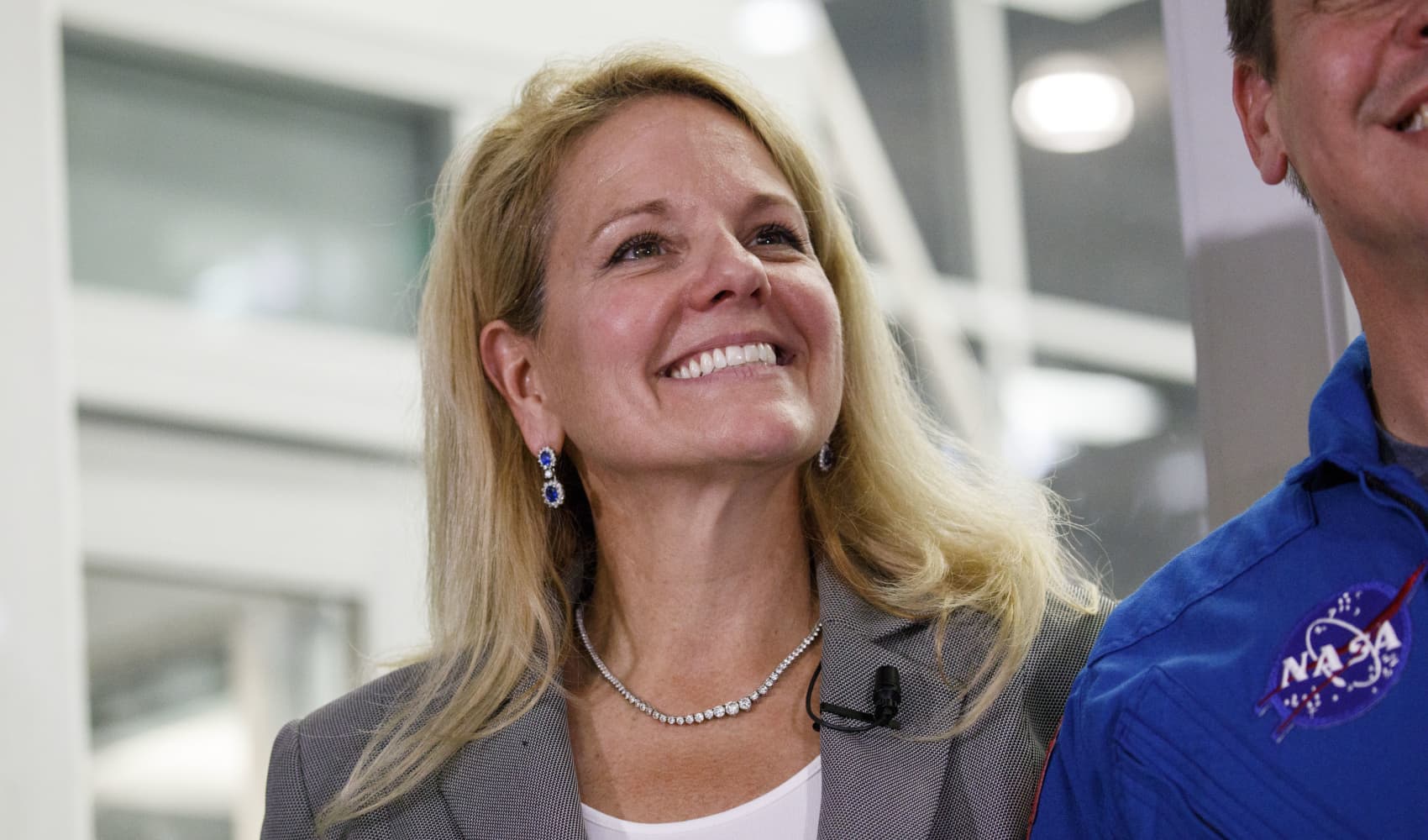
More than half of Americans, 58%, were unable to name a prominent Asian American public figure, according to a recent survey of more than 5,000 U.S. residents, up from 42% of respondents who said the same in 2021.
Of the respondents who did name a public figure, the most prominent were Jackie Chan, who is not Asian American, and Bruce Lee, who died in 1973.
The survey was conducted in February by Leading Asian Americans to Unite for Change, LAAUNCH, and The Asian American Foundation, TAAF, to track misperceptions of Asian Americans and Pacific Islanders that researchers say are contributing to an unprecedented rise in Covid-19 scapegoating and anti-Asian violence in the past two years.
Compared with 2021, an increasing share of respondents say Asian Americans are at least partly to blame for Covid-19 and are more loyal to their perceived country of origin than to the U.S. Between February 2020 and December 2021, the national coalition Stop AAPI Hate documented more than 10,000 reports of hate incidents directed at AAPIs.
The findings show anti-Asian discrimination is rooted in hundreds of years of racist policies and attitudes, says Norman Chen, cofounder of LAAUNCH and CEO of TAAF. It persists, he says, because Asian Americans' contributions to American history aren't discussed in education and media coverage, including Hollywood depictions of AAPIs.
Issues of representation have a real impact on how AAPIs are perceived in daily life — as colleagues, business leaders, neighbors and community members. But the survey suggests Americans want to see more nuanced accounts of Asian Americans in schools and in popular culture, not just in response to recent anti-Asian violence but also in the long-term.
"There's a real invisibility of our community in textbooks, in history and in media," Chen says, "and we hope to change that."
Money Report
Progress in teaching AAPI history
Both Asian American and non-Asian respondents from the survey ranked education as a top solution to addressing rising anti-Asian violence in the U.S. According to the survey, 42% of Americans cannot name an AAPI historical moment more recent than the internment of Japanese Americans during WWII.
Get a weekly recap of the latest San Francisco Bay Area housing news. Sign up for NBC Bay Area’s Housing Deconstructed newsletter.
A more comprehensive look at AAPI history in schools would "expand empathy and perspective," says Eric Toda, a LAAUNCH board member and advisory council member of TAAF. "When people think about Americans, I want them to think about us. We are deeply entrenched in American history, whether that was building the railroads, infrastructure for cities, inventions, economic impact — this needs to be in our history books at the earliest ages."
Some progress has been made: In the last year, Illinois and New Jersey became the first states to require Asian American history be taught in public schools.
And on April 26, the House passed a bill that would help establish the first national Asian American and Pacific Islander museum in Washington, DC. It now moves to the Senate.
Representation in Hollywood and beyond
Encouragingly, Chen says, 71% of survey respondents said they would like to see more Asian Americans in TV and movies. But more work needs to be done to ensure said representation doesn't rely on harmful tropes that characterize Asian Americans as model minorities or perpetual foreigners.
For example, Toda says, though 2021 saw the first Asian American Marvel superhero come to big screen in "Shang-Chi and the Legend of the 10 Rings," portrayed by Chinese-Canadian actor Simu Liu, it also saw an Oscar contender in "Licorice Pizza," which was criticized for having multiple scenes in which a white character uses a fake Asian accent.
Accurate representation is more than a Hollywood issue and impacts how people perceive AAPIs in life and at work.
"When you don't see yourself on TV, and your coworkers who aren't Asian American don't see you on TV or in the media, they believe that we're invisible," Toda says. Erasure in the workplace is common, from microaggressions like being called the wrong name, to being overlooked in diversity, equity and inclusion discussions. "Many times in corporations, we're left out of diversity slates when it comes to hiring diversity, which are typically considered Black and Brown or female [individuals]," Toda says.
Misperceptions of AAPIs at work
Researchers say the model minority myth, that Asian Americans are highly educated and highly paid, masks inequities across gender and ethnic background. For example, AAPI women are overrepresented in front-line and low-wage jobs, and Burmese, Nepalese, Hmong and Cambodian women have some of the largest pay gaps among AAPI workers compared to white men.
Disparities exist within corporate ranks, too. Research shows Asian Americans are the least likely racial group to be promoted into management.
"Our data shows that Americans in general are least comfortable with Asian Americans as bosses, or as leading political figures, like vice presidents and presidents," Chen adds.
A majority, 71%, of Asian American respondents say they are discriminated against in the U.S. today. Asian Americans are among the least likely members of a racial group to feel like they belong and are accepted in the U.S., according to the survey, particularly among younger people.
Workplaces can play a role in improving this sense of belonging through more inclusive DEI efforts, Chen says: "Belonging is a huge factor in terms of mental health and happiness, and if you look at belonging research, a lot of it stems from a feeling of belonging in the workplace."
Currently, Chen says TAAF works without about 70 corporate partners on how to best support AAPI workforces and customers.
"We're still firmly in the awareness phase of development and trying to offer more solutions to organizations to take more action going forward," he says. "It's a process, it's going to take years. But we're starting at square one."
Check out:
‘Domino effect of discrimination’: Polling shows mental health and career impacts of anti-Asian hate
How to take action against anti-Asian racism at work and in your personal life
Sign up now: Get smarter about your money and career with our weekly newsletter






